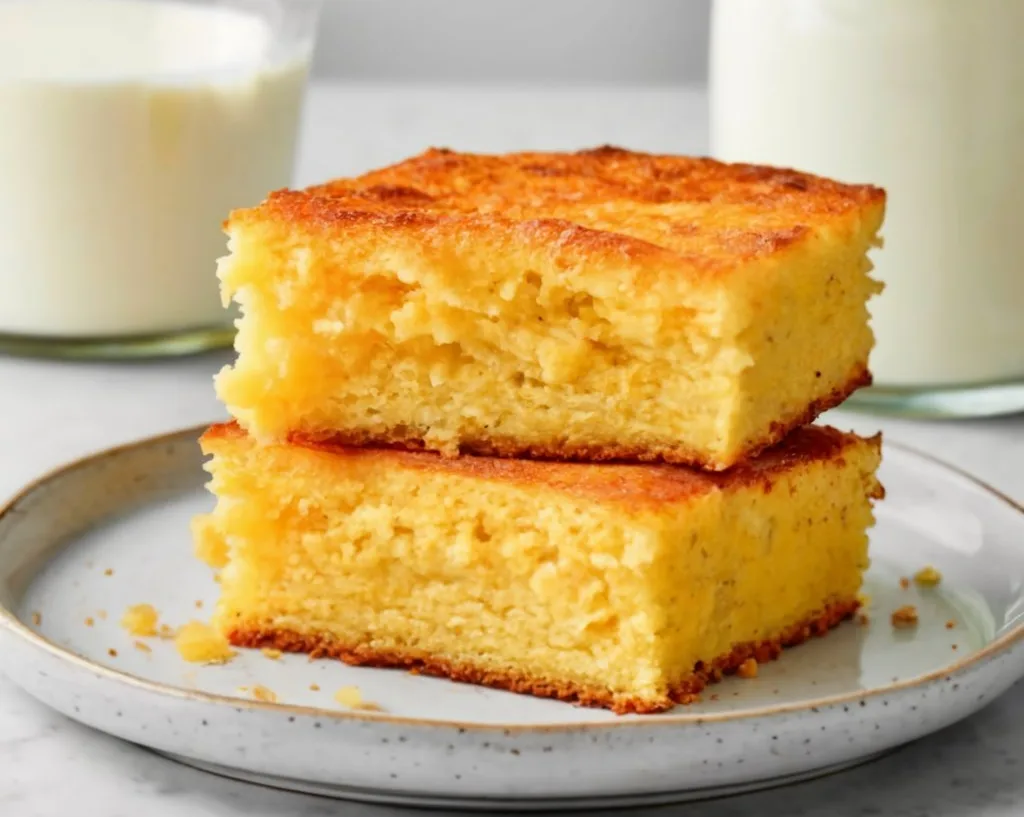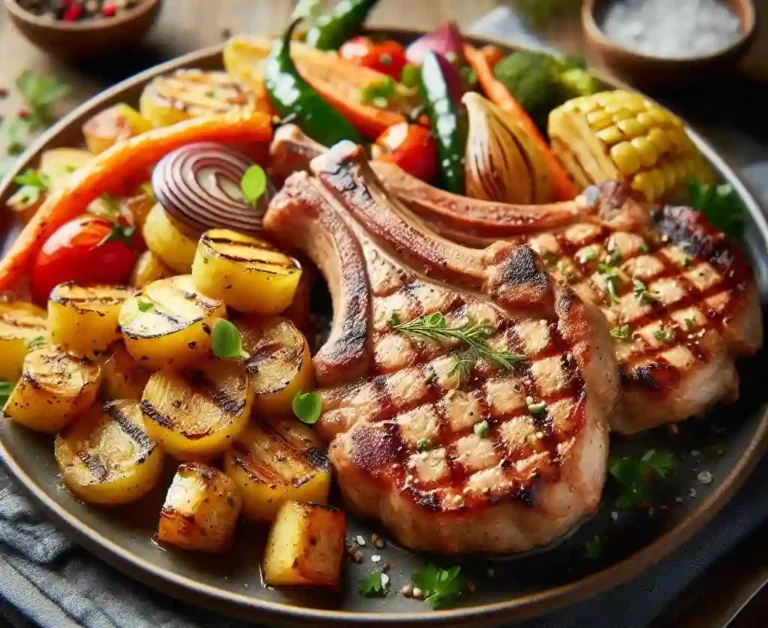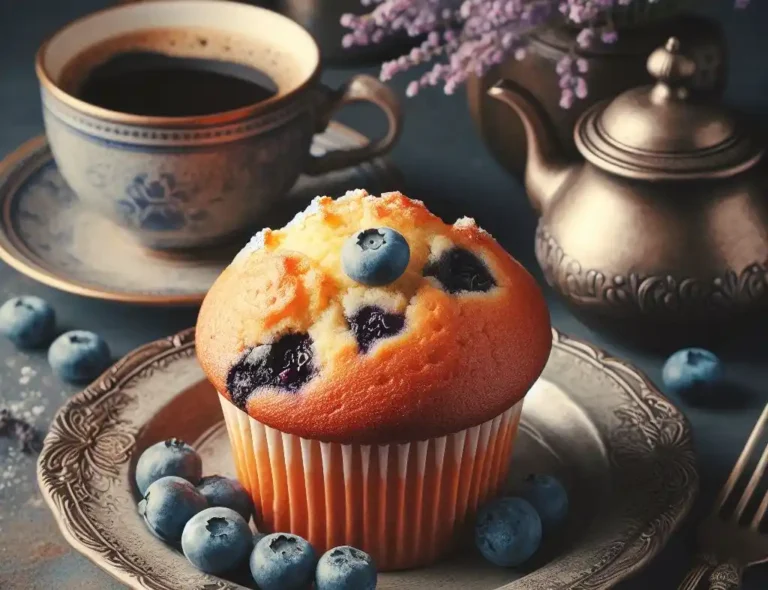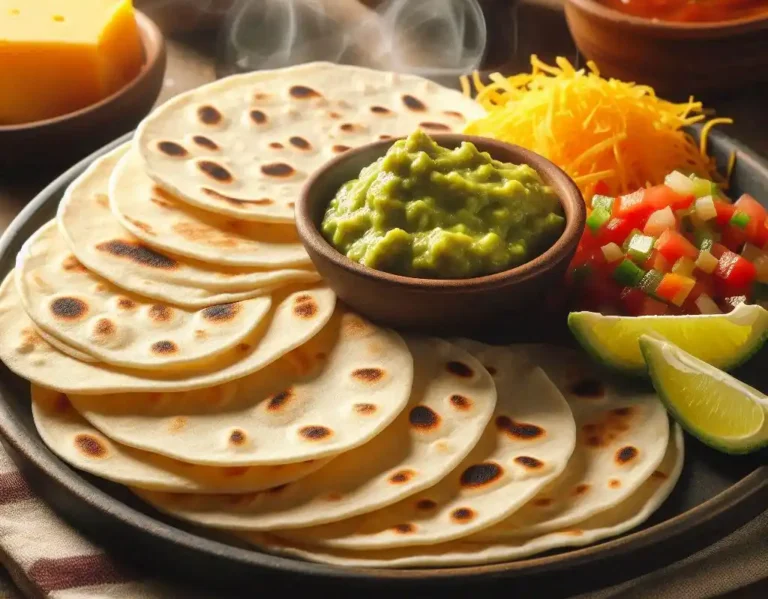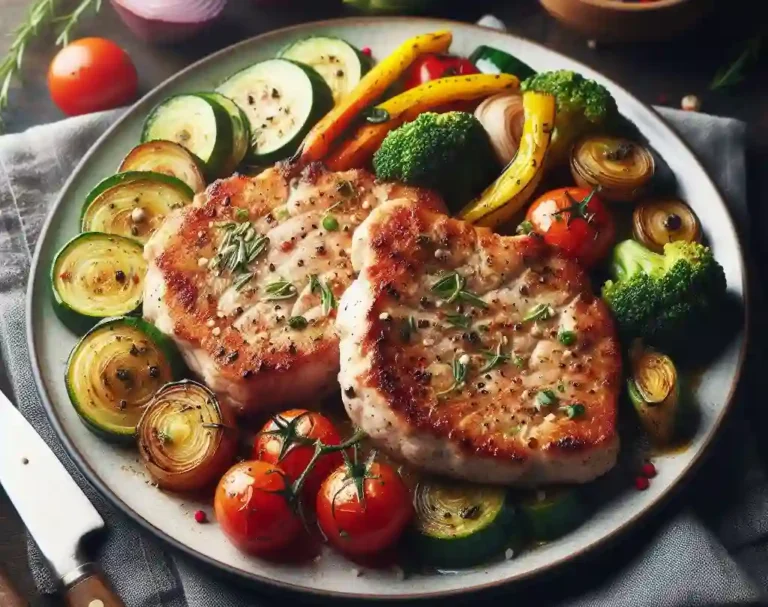How to Make Jiffy Cornbread Moist: Moist and Delicious
Making Jiffy cornbread is a staple of many family gatherings and holiday meals, but let’s face it – a dry, crumbly loaf can be a major disappointment.
With a few simple tweaks to your recipe and some insider tips, you can transform your Jiffy cornbread from bland to grand.
In this post, we’ll dive into the secrets of making a deliciously moist Jiffy cornbread that will become the star of your next family dinner or potluck.
How to Make Jiffy Cornbread Moist: A Quick Overview
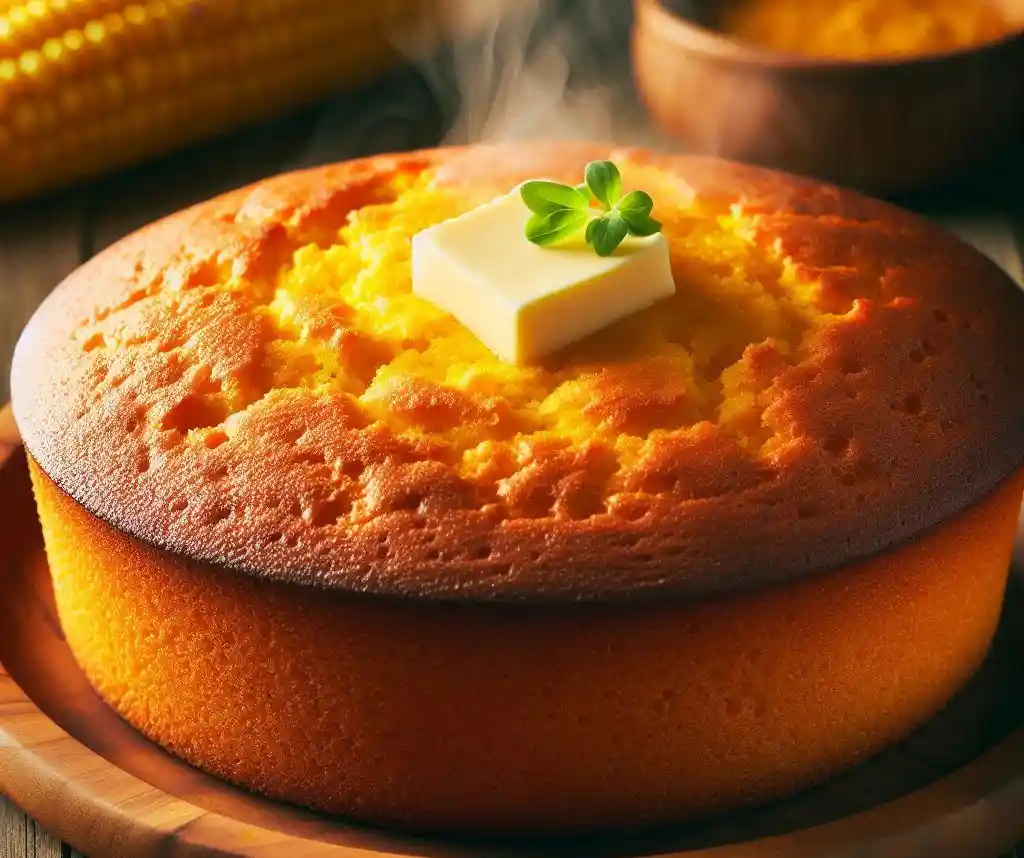
Add Extra Moisture:
- Add 1-2 tablespoons of Greek yogurt or sour cream to the mix for an extra boost of moisture
- Use buttermilk instead of regular milk for added tenderness
- Add 1-2 tablespoons of honey or maple syrup to balance the flavors and retain moisture
Don’t Overmix:
- Mix the wet and dry ingredients separately and gently fold them together until just combined
- Avoid overmixing, which can lead to a dense and dry cornbread
Use the Right Pan:
- Use a dark-coated or cast-iron skillet to help the cornbread cook evenly and retain moisture
- Avoid using a glass or ceramic pan, as they can cause the cornbread to dry out
Don’t Overbake:
- Check the cornbread frequently while it’s baking and remove it from the oven when it’s lightly golden brown and still slightly tender in the center
- Avoid overbaking, which can cause the cornbread to dry out and become crumbly
Add Extra Fat:
- Add 1-2 tablespoons of melted butter or oil to the mix for added moisture and flavor
- Use a combination of butter and oil for an extra-rich and moist cornbread
Other Tips:
- Use high-quality cornmeal that’s fresh and finely ground for the best texture
- Don’t over-sift the dry ingredients, as this can lead to a dense and dry cornbread
- Experiment with different flavor combinations, such as adding diced jalapeños or chopped herbs, to keep the cornbread interesting and moist.
The Importance of Moisture: Why Dry Cornbread is a Thing of the Past
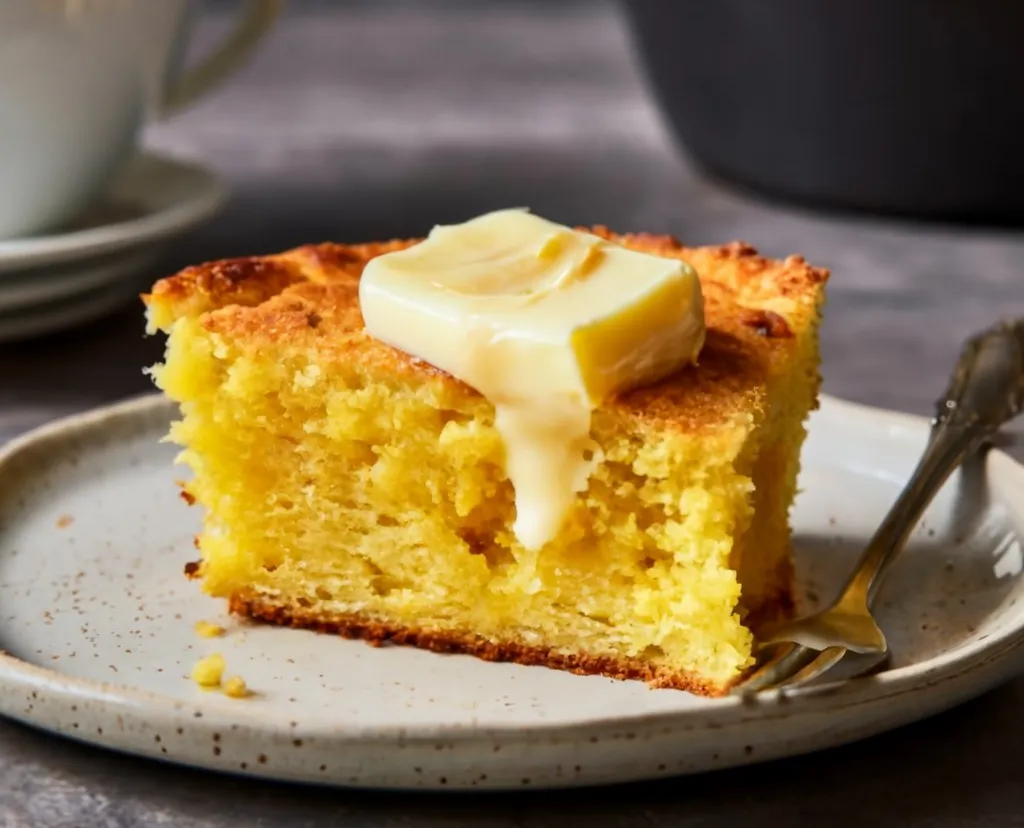
The Consequences of Dry Cornbread:
- A dry, crumbly texture that’s unpleasant to eat
- A lack of flavor, as dry ingredients can’t hold onto seasonings and spices
- A disappointing presentation, as dry cornbread often cracks and breaks apart
- A negative impact on the overall dining experience, as dry cornbread can be a major letdown
The Benefits of Moist Cornbread:
- A tender, velvety texture that’s a joy to eat
- A rich, deep flavor that’s enhanced by the presence of moisture
- A beautiful presentation, as moist cornbread holds its shape and looks appealing
- A positive impact on the overall dining experience, as moist cornbread is a crowd-pleaser
The Role of Ingredients in Moisture:
- Buttermilk: The acidity in buttermilk helps to break down the starches in cornmeal, creating a tender and moist crumb.
- Greek Yogurt or Sour Cream: Adding a tangy, creamy element that enhances moisture and flavor.
- Honey or Maple Syrup: Natural sweeteners that add moisture and a touch of sweetness.
- Eggs: Rich in protein and moisture, eggs help to bind ingredients together and create a tender crumb.
The Importance of Technique:
- Don’t Overmix: Overmixing can lead to a dense, dry cornbread. Mix wet and dry ingredients separately and gently fold them together.
- Use the Right Pan: A dark-coated or cast-iron skillet helps to distribute heat evenly and retain moisture.
- Don’t Overbake: Check cornbread frequently and remove it from the oven when it’s lightly golden brown and still slightly tender in the center.
Tips and Tricks for Maximum Moisture:
- Add a Moisture-Rich Topping: Try adding a dollop of sour cream, a sprinkle of grated cheese, or a spoonful of honey on top of your cornbread for an extra boost of moisture and flavor.
- Use Fresh and High-Quality Ingredients: Fresh cornmeal, real butter, and farm-fresh eggs make a big difference in the final product.
- Experiment with Flavor Combinations: Try adding diced jalapeños, chopped herbs, or grated vegetables to create a unique and exciting flavor profile.
Jiffy Cornbread Ingredients: The Surprising Culprits Behind Dryness
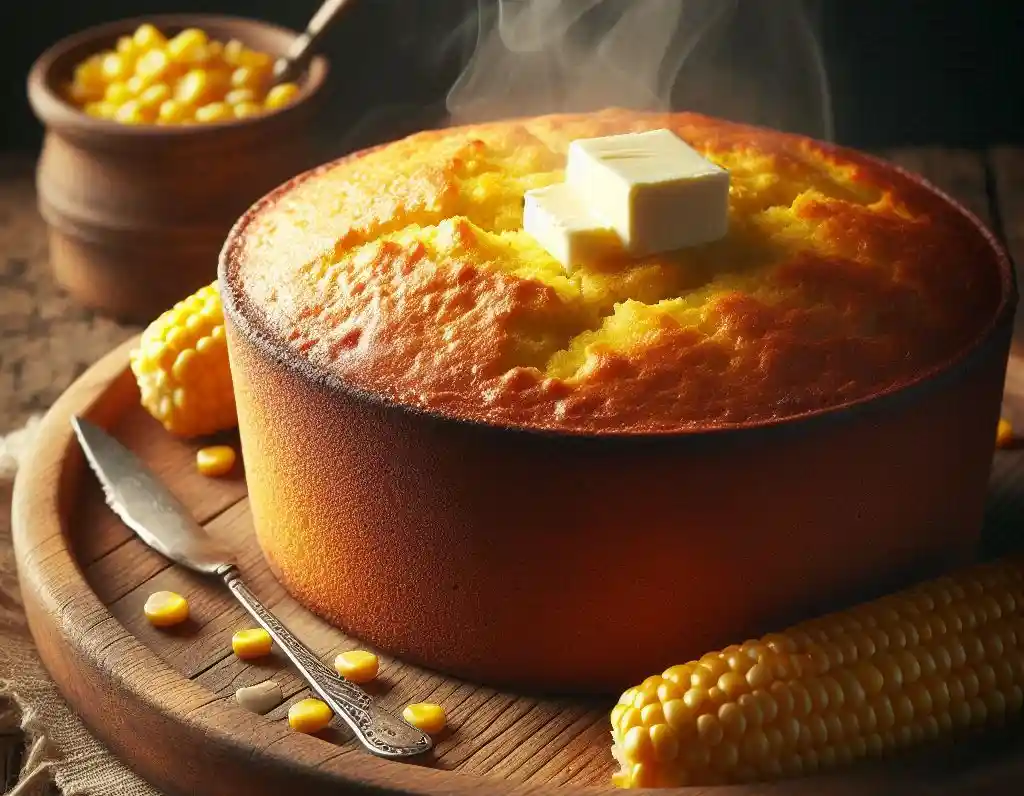
The Usual Suspects:
- Overused Eggs: Using too many eggs can lead to a dense, dry cornbread. Try using 1-2 eggs instead of 2-3 to achieve a better balance.
- Insufficient Liquid: Not using enough liquid can cause the cornbread to dry out. Make sure to use the recommended amount of milk or buttermilk, and consider adding an extra tablespoon or two for extra moisture.
- Too Much Sugar: Excessive sugar can absorb moisture from the cornbread, leading to dryness. Try reducing the amount of sugar or using a natural sweetener like honey or maple syrup instead.
The Hidden Offenders:
- Old or Low-Quality Cornmeal: Using old or low-quality cornmeal can lead to a dry, gritty texture. Try using fresh, high-quality cornmeal for a better result.
- Inadequate Leavening: Not using enough leavening agents or using old baking powder can cause the cornbread to fall flat and become dry. Make sure to use fresh baking powder and follow the recommended amount.
- Incorrect Oven Temperature: Baking the cornbread at the wrong temperature can cause it to dry out. Ensure your oven is at the correct temperature (usually 400°F) and invest in an oven thermometer for accuracy.
The Sneaky Saboteurs:
- Overmixing: Overmixing the batter can cause the cornbread to become tough and dry. Mix wet and dry ingredients separately and gently fold them together until just combined.
- Using the Wrong Pan: Using a pan that’s too small or made of the wrong material can cause the cornbread to cook unevenly and become dry. Try using a dark-coated or cast-iron skillet for better results.
- Not Enough Fat: Not using enough fat (such as butter or oil) can cause the cornbread to dry out. Try adding an extra tablespoon or two of fat to the mix for extra moisture.
The Surprising Heroes:
- Greek Yogurt or Sour Cream: Adding a tangy, creamy element that enhances moisture and flavor.
- Honey or Maple Syrup: Natural sweeteners that add moisture and a touch of sweetness.
- Buttermilk: The acidity in buttermilk helps to break down the starches in cornmeal, creating a tender and moist crumb.
The Power of Buttermilk: How to Add Moisture with a Simple Swap
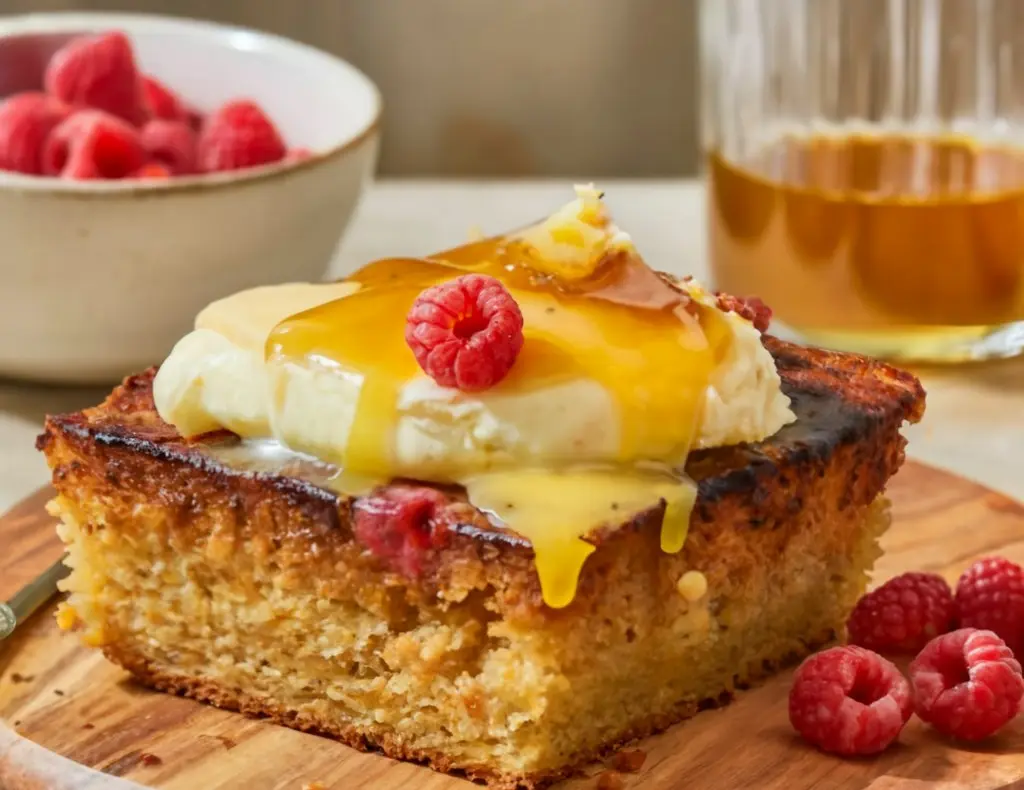
The Benefits of Buttermilk:
- Acidity: Buttermilk contains lactic acid, which helps to break down the starches in cornmeal, creating a tender and moist crumb.
- Moisture: Buttermilk adds a significant amount of moisture to the cornbread, making it more tender and less prone to dryness.
- Flavor: Buttermilk has a tangy, slightly sour flavor that complements the sweetness of the cornbread, creating a balanced flavor profile.
How to Use Buttermilk in Your Jiffy Cornbread Recipe:
- Replace Regular Milk: Simply replace the regular milk called for in the Jiffy recipe with an equal amount of buttermilk.
- Use Buttermilk in Place of Water: If you’re using a recipe that calls for water, try substituting it with buttermilk for added moisture and flavor.
- Add a Splash of Buttermilk: If you don’t have buttermilk on hand, try adding a splash (about 1-2 tablespoons) to the recipe to give it an extra boost of moisture and flavor.
Tips for Working with Buttermilk:
- Make Your Own Buttermilk: If you don’t have buttermilk on hand, you can make a substitute by mixing 1 cup of milk with 1 tablespoon of white vinegar or lemon juice. Let it sit for 5-10 minutes to allow the acid to curdle the milk.
- Use Low-Fat or Non-Fat Buttermilk: If you’re watching your calorie intake, try using low-fat or non-fat buttermilk for a lower-calorie alternative.
- Experiment with Flavors: Try adding different flavorings to your buttermilk, such as vanilla extract or cinnamon, to create unique and delicious flavor combinations.
The Science Behind Buttermilk:
- Acidic pH: Buttermilk has a lower pH level than regular milk, which helps to break down the starches in cornmeal and create a tender crumb.
- Protein Structure: The proteins in buttermilk help to strengthen the gluten network in the cornbread, creating a more tender and moist texture.
Egg-stra Moisture: The Secret to a Tender Crumb
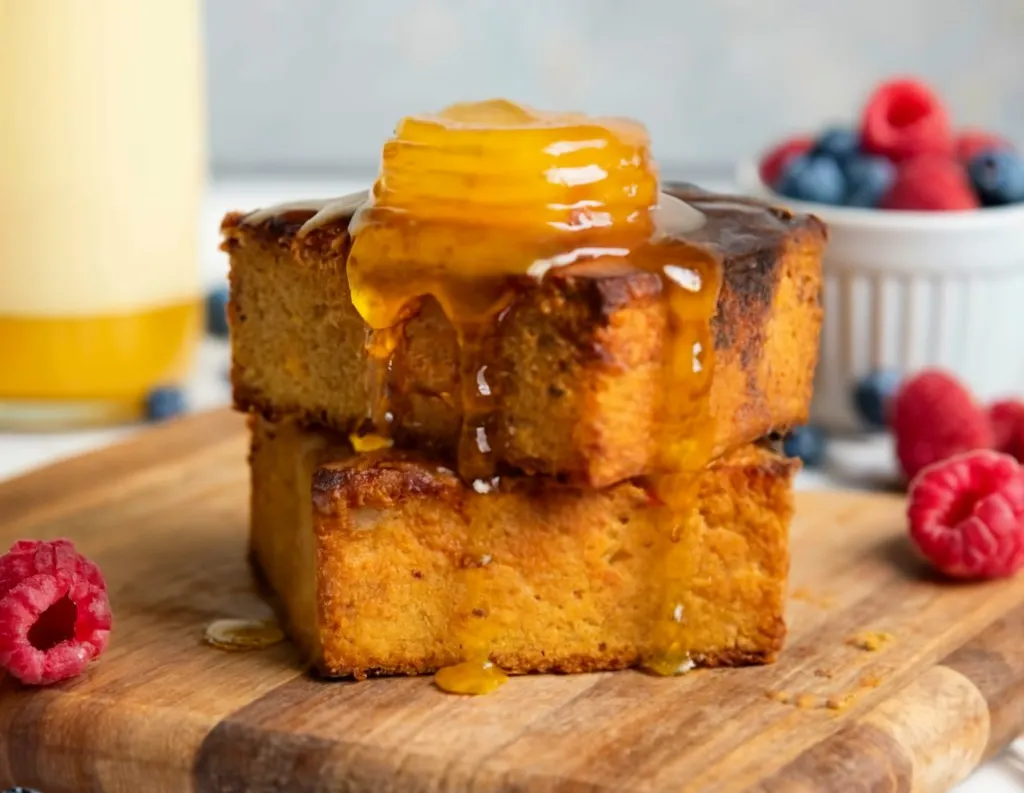
The Role of Eggs in Moisture:
- Moisture Content: Eggs contain about 70% water, making them a significant contributor to the overall moisture content of your cornbread.
- Emulsification: Eggs help to emulsify the fat and liquid ingredients in your recipe, creating a tender and moist crumb.
- Protein Structure: The proteins in eggs help to strengthen the gluten network in the cornbread, creating a more tender and moist texture.
Tips for Using Eggs for Moisture:
- Use Room Temperature Eggs: Cold eggs can affect the texture of your cornbread, so make sure to use room temperature eggs for the best results.
- Don’t Overbeat: Overbeating your eggs can incorporate too much air, leading to a dense and dry cornbread. Beat your eggs just until they’re combined with the other ingredients.
- Use Large or Extra-Large Eggs: Using larger eggs will add more moisture to your cornbread, but be careful not to overdo it, as too many eggs can make the cornbread too dense.
The Power of Egg Yolks:
- Rich in Fat: Egg yolks are rich in fat, which adds moisture and tenderness to your cornbread.
- Emulsification: Egg yolks contain lecithin, a natural emulsifier that helps to combine fat and liquid ingredients, creating a tender and moist crumb.
- Flavor Enhancement: Egg yolks add a rich, savory flavor to your cornbread, enhancing the overall flavor profile.
The Science Behind Egg Moisture:
- Protein Coagulation: When eggs are heated, the proteins coagulate and set, creating a tender and moist crumb.
- Starch Gelatinization: The starches in the cornmeal absorb the moisture from the eggs, creating a tender and moist texture.
Egg-stra Tips for Moisture:
- Add an Extra Egg Yolk: Adding an extra egg yolk will add more moisture and richness to your cornbread.
- Use Egg Whites for Structure: If you’re looking for a lighter, fluffier cornbread, try using egg whites instead of whole eggs.
- Experiment with Egg Substitutes: If you’re looking for a vegan or egg-free option, try using flaxseed or chia seeds as an egg substitute.
The Magic of Greek Yogurt: A Game-Changing Addition to Jiffy Cornbread
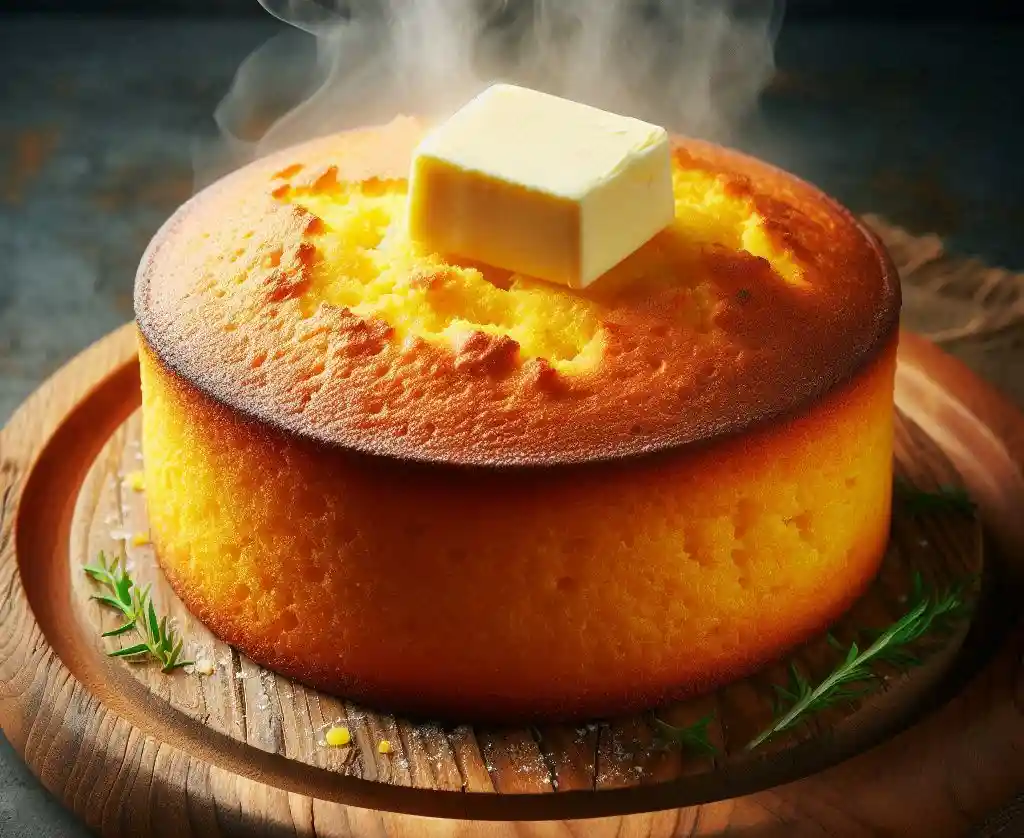
The Benefits of Greek Yogurt:
- Moisture Content: Greek yogurt contains a high percentage of water, which adds moisture to the cornbread and helps to keep it tender and fresh.
- Acidity: Greek yogurt contains lactic acid, which helps to break down the starches in the cornmeal and create a tender crumb.
- Protein Content: Greek yogurt is high in protein, which helps to strengthen the gluten network in the cornbread and create a more tender texture.
- Flavor Enhancement: Greek yogurt adds a tangy, slightly sour flavor to the cornbread, which complements the sweetness of the cornmeal and creates a balanced flavor profile.
How to Use Greek Yogurt in Your Jiffy Cornbread Recipe:
- Replace Buttermilk or Milk: You can replace buttermilk or milk with Greek yogurt in your Jiffy cornbread recipe to add moisture and flavor.
- Add a Splash of Greek Yogurt: If you want to add a tangy flavor to your cornbread, try adding a splash of Greek yogurt to the recipe.
- Use Greek Yogurt as a Substitute for Eggs: If you’re looking for an egg-free option, you can use Greek yogurt as a substitute in your Jiffy cornbread recipe.
Tips for Working with Greek Yogurt:
- Choose a Plain, Unflavored Greek Yogurt: Avoid using flavored Greek yogurt, as it can add unwanted flavors to your cornbread.
- Use a High-Quality Greek Yogurt: Choose a high-quality Greek yogurt that is high in protein and low in sugar for the best results.
- Don’t Overmix: Mix the Greek yogurt with the other ingredients just until combined, as overmixing can create a dense and tough cornbread.
The Science Behind Greek Yogurt:
- Acidic pH: Greek yogurt has an acidic pH, which helps to break down the starches in the cornmeal and create a tender crumb.
- Protein Coagulation: The proteins in Greek yogurt coagulate when heated, creating a tender and moist texture.
- Starch Gelatinization: The starches in the cornmeal absorb the moisture from the Greek yogurt, creating a tender and moist texture.
Greek Yogurt Variations:
- Strained Greek Yogurt: Try using strained Greek yogurt, which has a thicker consistency and a more intense flavor.
- Flavored Greek Yogurt: If you want to add a unique flavor to your cornbread, try using flavored Greek yogurt, such as honey or vanilla.
- Greek Yogurt with Live Cultures: Using Greek yogurt with live cultures can add a tangy, sour flavor to your cornbread and create a more tender texture.
Don’t Overmix! The Common Mistake That’s Drying Out Your Cornbread
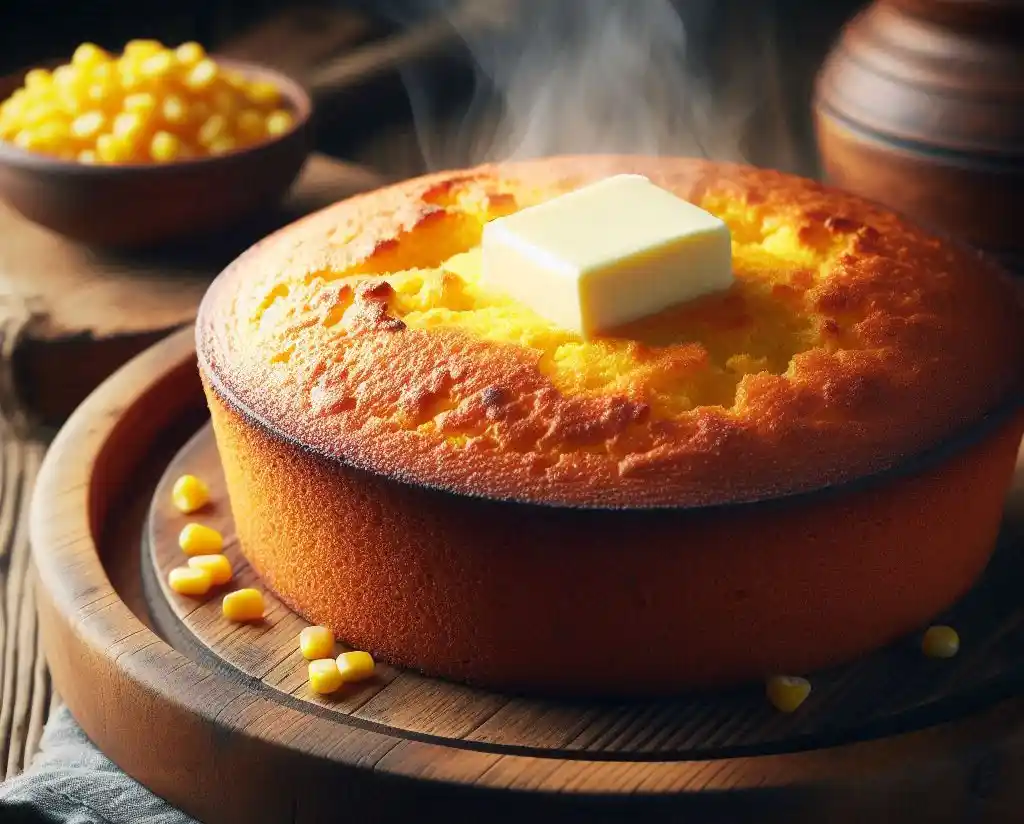
The Consequences of Overmixing:
- Tough, Dense Cornbread: Overmixing can lead to a tough, dense cornbread that’s unpleasant to eat.
- Loss of Moisture: Overmixing can cause the cornbread to dry out, leading to a crumbly, dry texture.
- Development of Gluten: Overmixing develops the gluten in the flour, which can make the cornbread tough and chewy.
How to Avoid Overmixing:
- Mix Wet and Dry Ingredients Separately: Mix the wet and dry ingredients separately and gently fold them together until just combined.
- Use a Rubber Spatula: Use a rubber spatula to mix the ingredients, as it’s gentler on the batter than a whisk or electric mixer.
- Mix Until Just Combined: Mix the ingredients until they’re just combined, then stop mixing. Don’t overdo it!
- Don’t Overbeat: Avoid overbeating the eggs or butter, as this can incorporate too much air and lead to a dense cornbread.
The Science Behind Overmixing:
- Gluten Development: Overmixing develops the gluten in the flour, which can make the cornbread tough and chewy.
- Starch Gelatinization: Overmixing can cause the starches in the cornmeal to gelatinize, leading to a dense, dry texture.
- Moisture Loss: Overmixing can cause the cornbread to dry out, leading to a crumbly, dry texture.
Tips for Avoiding Overmixing:
- Use a Stand Mixer with Caution: If you’re using a stand mixer, be careful not to overmix the ingredients. Stop the mixer frequently to scrape down the sides of the bowl.
- Mix by Hand: Mixing by hand can help you avoid overmixing, as you’re more likely to stop mixing once the ingredients are just combined.
- Use a Timer: Set a timer to remind yourself to stop mixing once the ingredients are just combined.
The Right Ratio: How to Balance Liquid and Dry Ingredients for Moisture Perfection
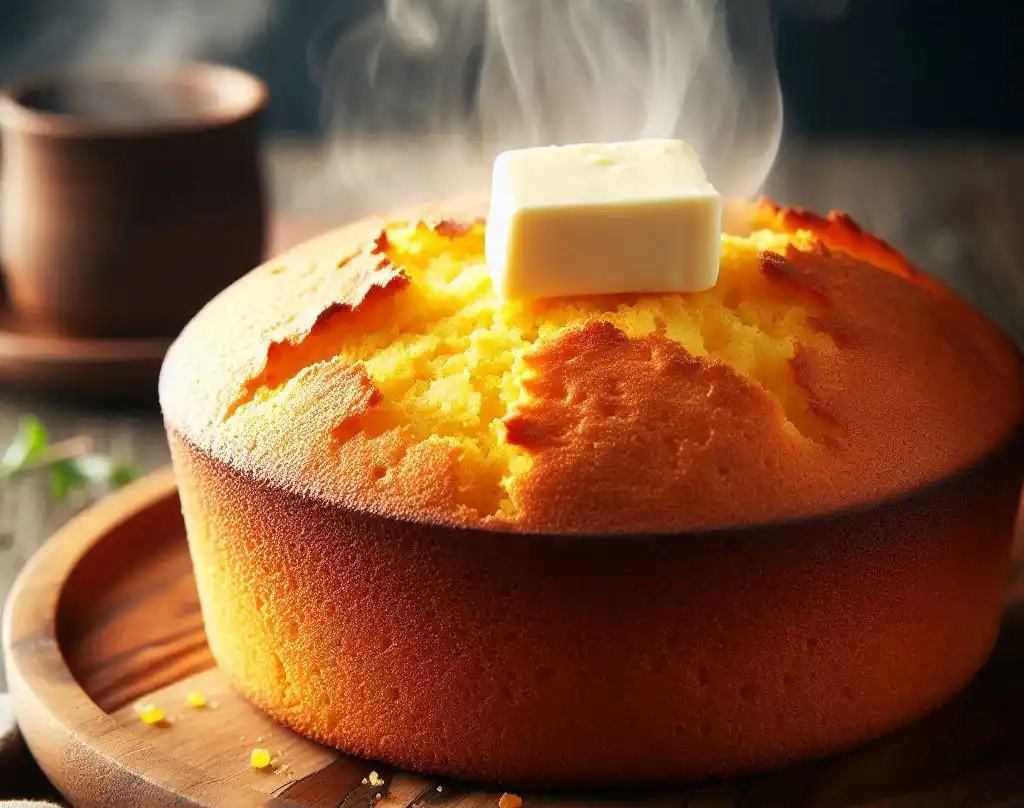
The Ideal Ratio:
- Liquid Ingredients: 1 1/2 to 2 cups of liquid ingredients (including eggs, buttermilk, and melted butter)
- Dry Ingredients: 2 to 2 1/2 cups of dry ingredients (including cornmeal, flour, and sugar)
Why the Ratio Matters:
- Moisture Content: The right ratio of liquid to dry ingredients ensures that the cornbread has the right amount of moisture to stay tender and fresh.
- Texture: The ratio affects the texture of the cornbread, with too much liquid leading to a soggy texture and too little liquid leading to a dry, crumbly texture.
- Flavor: The ratio of liquid to dry ingredients also affects the flavor of the cornbread, with the right balance allowing the flavors to meld together perfectly.
Tips for Achieving the Right Ratio:
- Measure Ingredients Accurately: Measure the liquid and dry ingredients accurately to ensure the right ratio.
- Adjust for Humidity: Adjust the ratio of liquid to dry ingredients based on the humidity in your area, with more liquid needed in humid environments and less liquid needed in dry environments.
- Use the Right Type of Cornmeal: Use a medium or fine grind cornmeal, as it absorbs liquid more easily than coarse grind cornmeal.
- Don’t Overmix: Avoid overmixing the batter, as it can lead to a dense, dry cornbread.
The Science Behind the Ratio:
- Starch Gelatinization: The ratio of liquid to dry ingredients affects the gelatinization of starches in the cornmeal, with the right ratio allowing for perfect gelatinization and a tender texture.
- Moisture Absorption: The ratio affects the absorption of moisture by the cornmeal, with the right ratio allowing for the perfect amount of moisture to be absorbed.
- Flavor Development: The ratio affects the development of flavors in the cornbread, with the right ratio allowing for the perfect balance of flavors.
Common Mistakes to Avoid:
- Too Much Liquid: Adding too much liquid can lead to a soggy, dense cornbread.
- Too Little Liquid: Adding too little liquid can lead to a dry, crumbly cornbread.
- Incorrect Ratio: Using an incorrect ratio of liquid to dry ingredients can lead to a cornbread that’s either too dense or too dry.
Beyond Jiffy: Expert Tips for Customizing Your Cornbread Recipe for Maximum Moisture
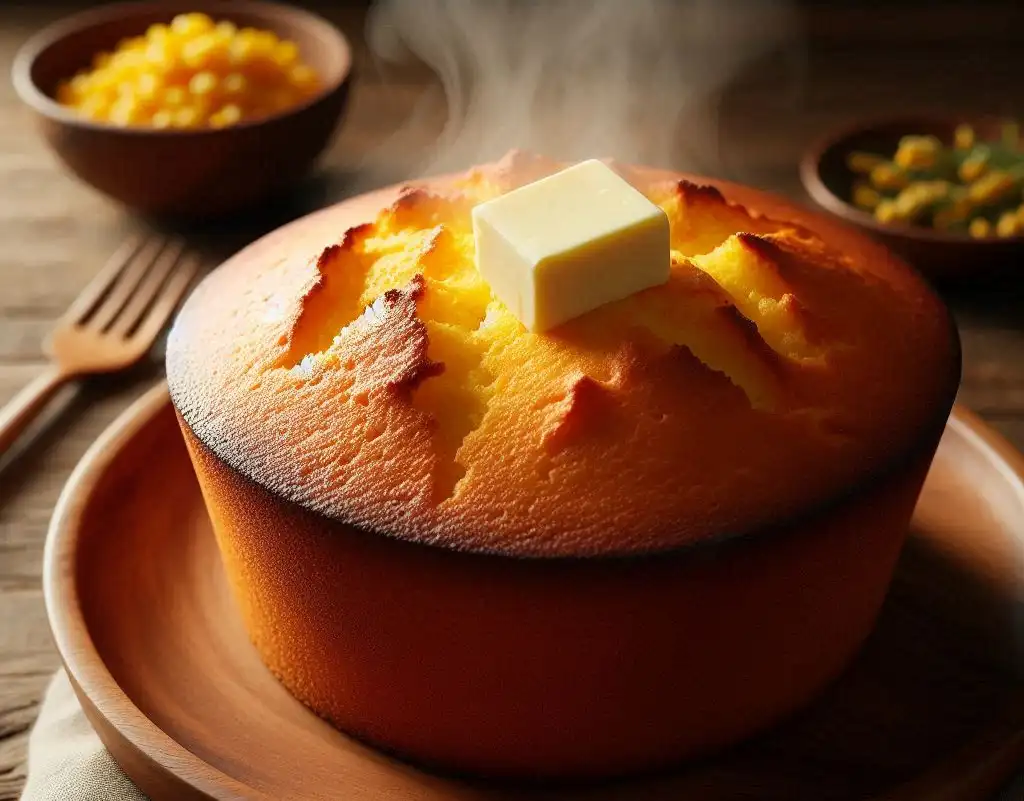
Choose the Right Cornmeal:
- Medium or Fine Grind: Use a medium or fine grind cornmeal for the best results, as it absorbs liquid more easily than coarse grind cornmeal.
- Stone-Ground Cornmeal: Consider using stone-ground cornmeal for a more textured, rustic cornbread.
- Yellow or White Cornmeal: Choose between yellow or white cornmeal, depending on your personal preference for flavor and texture.
Select the Perfect Liquid Ingredients:
- Buttermilk or Sour Cream: Use buttermilk or sour cream for added moisture and a tangy flavor.
- Eggs: Use large or extra-large eggs for added moisture and richness.
- Melted Butter or Oil: Use melted butter or oil for added moisture and flavor.
Add Moisture-Rich Ingredients:
- Greek Yogurt or Sour Cream: Add Greek yogurt or sour cream for an extra boost of moisture and flavor.
- Honey or Maple Syrup: Use honey or maple syrup for added moisture and a touch of sweetness.
- Diced Fruits or Vegetables: Add diced fruits or vegetables, such as apples or bell peppers, for added moisture and flavor.
Don’t Forget the Leavening Agents:
- Baking Powder or Baking Soda: Use baking powder or baking soda to help your cornbread rise and give it a light, tender texture.
- Salt: Use salt to balance the flavors and help control the yeast activity.
Tips for Mixing and Baking:
- Mix Wet and Dry Ingredients Separately: Mix wet and dry ingredients separately to prevent overmixing and ensure a tender crumb.
- Don’t Overmix: Avoid overmixing the batter, as it can lead to a dense, dry cornbread.
- Use the Right Pan: Use a dark-coated or cast-iron skillet to help the cornbread cook evenly and retain moisture.
- Don’t Overbake: Avoid overbaking the cornbread, as it can lead to a dry, crumbly texture.
Experiment with Flavor Combinations:
- Herbs and Spices: Add fresh or dried herbs and spices, such as jalapenos or cumin, for added flavor and moisture.
- Cheese or Nuts: Add grated cheese or chopped nuts for added flavor and texture.
- Dried Fruits or Cranberries: Add dried fruits or cranberries for added moisture and flavor.
FAQs
Q: What’s the secret to a moist Jiffy Cornbread?
A: The key is to not overmix the batter, use the right ratio of wet to dry ingredients, and don’t overbake. Simple, right?
Q: How can I add extra moisture to my Jiffy Cornbread?
A: Try adding one or more of the following:
- 1-2 tablespoons of sour cream or Greek yogurt
- 1-2 tablespoons of honey or maple syrup
- 1-2 tablespoons of melted butter or oil
- 1-2 eggs (depending on the size of your mix)
- Chopped fruits or nuts (like apples or walnuts) for added moisture and flavor
Q: What’s the ideal ratio of wet to dry ingredients?
A: Aim for a 1:1 ratio of wet to dry ingredients. For example, if your mix calls for 1 cup of milk, use 1 cup of milk and 1 cup of mix. Adjust as needed to achieve the right consistency.
Q: How do I prevent overmixing?
A: Mix the wet and dry ingredients separately, then gently fold them together until just combined. Stop mixing as soon as the ingredients are incorporated. Overmixing can lead to a dense, dry cornbread.
Q: What’s the perfect baking time and temperature?
A: Bake at 400°F (200°C) for 20-25 minutes, or until a toothpick inserted into the center comes out clean. Keep an eye on it to avoid overbaking, which can dry out the cornbread.
Q: Can I use buttermilk instead of regular milk?
A: Absolutely! Buttermilk adds a tangy flavor and tenderness to the cornbread. If you don’t have buttermilk, you can make a substitute by mixing 1 cup of milk with 1 tablespoon of white vinegar or lemon juice. Let it sit for 5-10 minutes before using.
Q: How can I store leftover Jiffy Cornbread to keep it fresh?
A: Cool the cornbread completely, then wrap it tightly in plastic wrap or aluminum foil. Store it at room temperature for up to 2 days or freeze for up to 2 months. When you’re ready to serve, thaw and reheat in the oven or microwave.

Amelia Winthrop is the creative force behind Skillful Cooking, a blog that serves as a canvas for her culinary creations. With a philosophy that cooking should be accessible and enjoyable, Amelia crafts recipes that blend simplicity with sophistication. Her intuitive approach to the kitchen encourages others to embrace the joy of cooking and the pleasure of sharing meals with loved ones.

